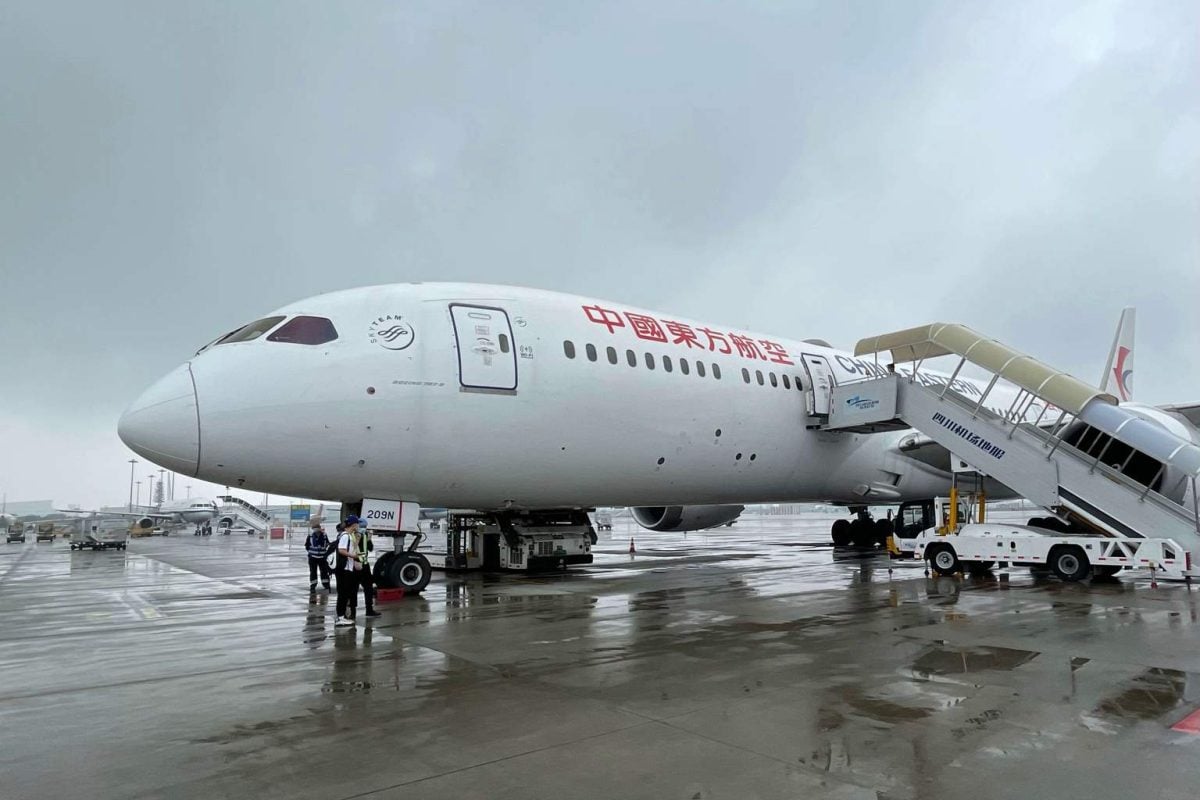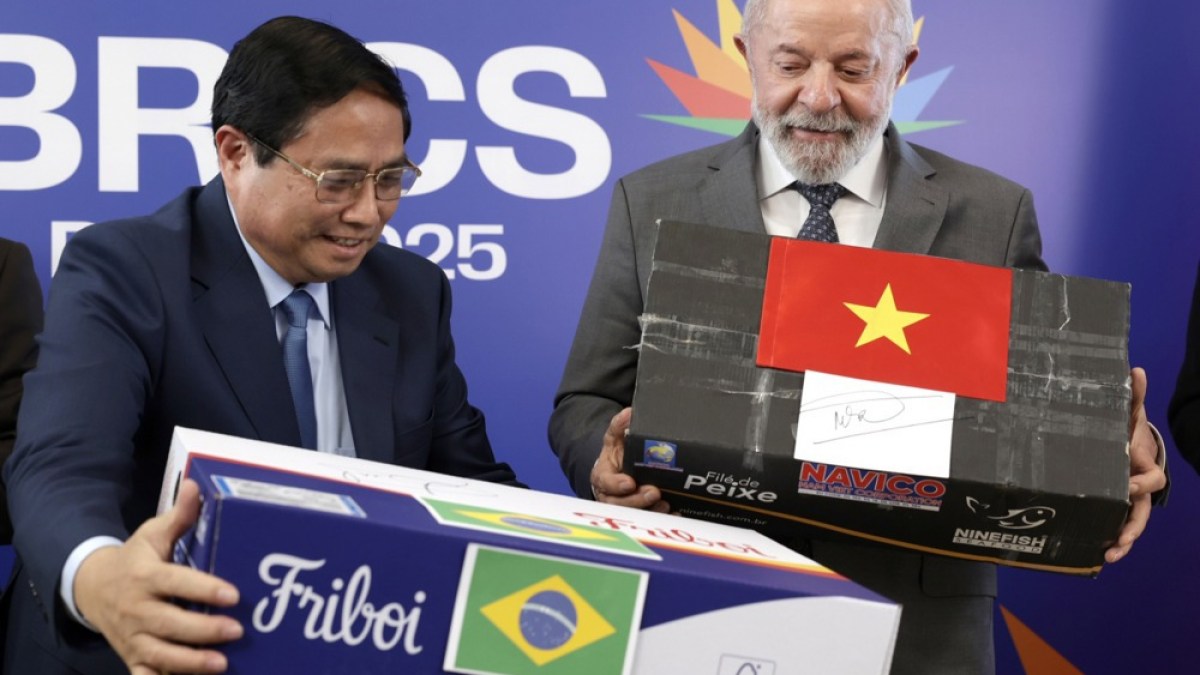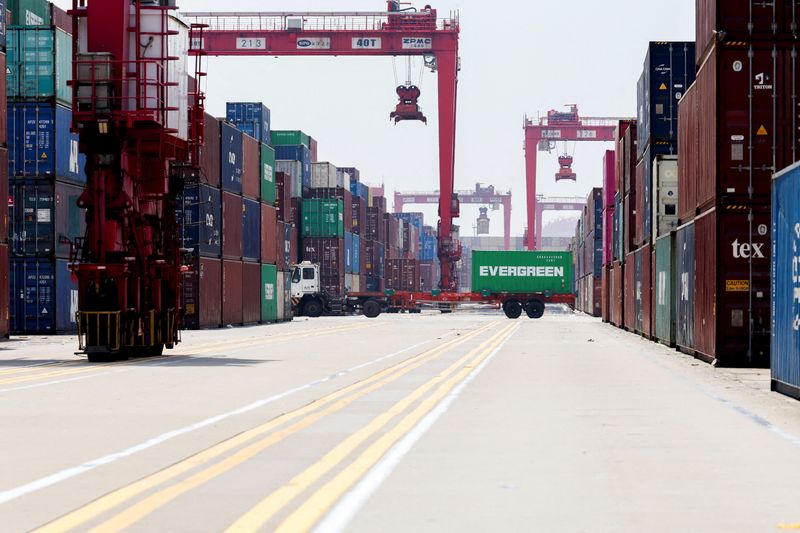Display titles Cover up titles
The U.S. government has taken a decisive step that’s sending waves through the global technology and aviation industries. For the first time, Washington is aggressively blocking China from accessing key technology vital to its aerospace ambitions. This move puts a spotlight on the intense rivalry shaping the future of aviation and international influence.
U.S. strategy to choke China’s aviation progress
The U.S. Commerce Department recently suspended export licenses for certain technological goods, including the critical LEAP-1C engine. This engine is a linchpin for China’s commercial aircraft project known as the C919, developed by the state-owned company Comac. The LEAP-1C engine is manufactured by CFM International, a joint venture between the U.S. and France, making the aircraft dependent on Western technology for its completion.
This move was not random. By cutting off sales of this engine, the U.S. hopes to slow down China’s ability to challenge aviation giants like Boeing and Airbus. The aim is to keep China from gaining a foothold in both civilian and military aerospace markets, which have significant economic and strategic value.
China’s response and ambitions in aviation
China has pushed back hard against the move, with the Chinese embassy in Washington calling it a “malicious block” and an abuse of export controls. They say the U.S. is using unfair political pressure to keep China out of key global markets. For China, the C919 project is more than just about airplanes—it symbolizes national pride and technological self-reliance.
When I first read about the suspension of the LEAP-1C engine sales, I thought about my own experience struggling with delays in a complex project where outside suppliers suddenly pulled back. It’s frustrating and can derail the whole timeline. For China, this tech blockade could either push them to double down on developing their own alternatives or stall their ambitions significantly.
To see
After US Engine Breakthrough, China in Shock Over Hypersonic Aircraft Capable of Mach 5+
With increasing global demand for airplanes, China wants to reduce its dependence on U.S. and European manufacturers. Expanding into markets in Africa and Southeast Asia where Chinese influence is growing could reshape the aerospace landscape in the coming decades.
What this technological standoff means for the future
This U.S. action isn’t just about a single engine or project; it’s a clear message about the geopolitical importance of technology in aviation. Controlling access to advanced components like the LEAP-1C engine provides powerful leverage in international relations.
Watching this unfold, I can’t help but wonder whether this rivalry will eventually lead China to innovate faster and develop its own cutting-edge engines, breaking free entirely from Western technology. Could this challenge ultimately spark a new era of aerospace competition and breakthroughs?
What do you think? Will America’s chokehold on Chinese technology drive them to new heights of innovation, or will it keep their ambitious aviation projects grounded for years to come? Share your thoughts, and don’t hesitate to spread this story if you find the global technology battle as fascinating as I do!


